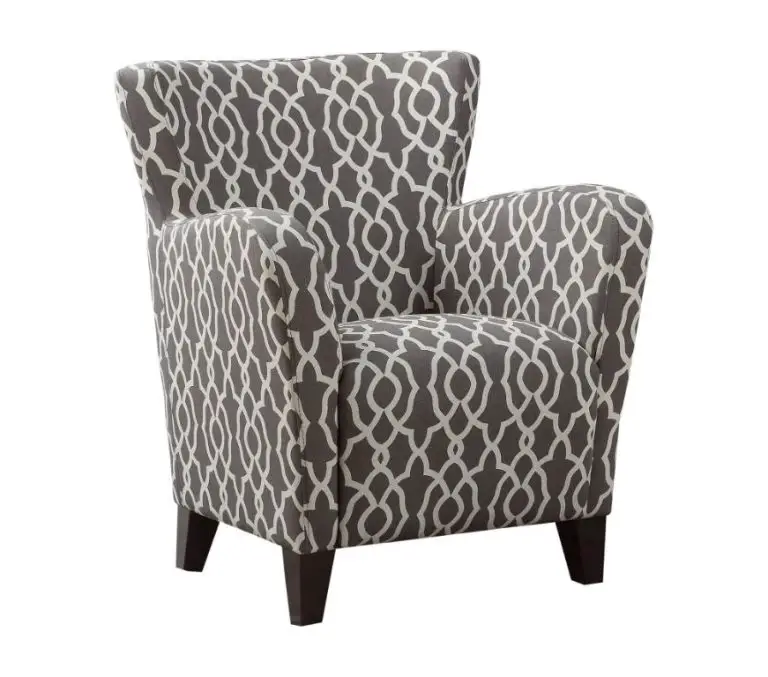Can You Really Heat A Room With A Terracotta Pot?
Heating a room with a terracotta pot utilizes an ancient concept that takes advantage of the pot’s ability to absorb, store, and radiate heat. The idea is simple – fill a terracotta pot with candles, light the candles, and allow the pot to absorb and radiate the heat into the surrounding space. This provides a safe, natural heating source that requires minimal setup. In this article, we’ll explain exactly how it works, what you need, and provide tips to get the most out of a terracotta pot heater.
The science behind heating a room with terracotta pots relies on the physical properties of terracotta clay. Terracotta is made from natural clay that has been fired at a high temperature. This process leaves the clay with a porous, honeycomb-like structure. These microscopic pores and holes give terracotta some unique thermal capabilities.
How It Works
Terracotta absorbs and retains heat efficiently due to its porous nature. When the porous clay is heated up, either by sunlight or another heat source, it acts like a thermal mass, absorbing and storing that heat energy. As the surrounding air cools, the terracotta begins to radiate the stored heat out into the room through conduction and convection.
The porosity of the clay allows it to readily absorb heat. At the same time, its density allows it to store and radiate that heat slowly and steadily. This gives terracotta pots an advantage over materials like metal or glass that conduct heat more rapidly. With thoughtful placement near a heat source, terracotta pots can soak up excess warmth and release it into a room over time, helping maintain a comfortable ambient temperature.
Materials Needed
To make a terracotta pot heater, you will need the following materials:
-
Terracotta pots – You’ll need at least one large pot (6-inches or bigger) per room you want to heat. The number and size depends on the size of the room.
-
Tealight candles – Look for longer burning candles (at least 4-6 hours). Calculate about 3-4 candles per large pot.
-
Candle holders or glass votives – These hold the candles and catch wax drippings inside the pot.
-
Wire trivet or metal stand – This goes inside the bottom of the pot to raise candles off the floor.
-
Foil or clay pot shards (optional) – Used to surround candles and direct heat upwards.
That covers the basic materials you’ll need. You may also want decorative pots or plant trivets to place the pots on.
Setting It Up
Setting up a terracotta pot heater is easy with just a few simple steps.
First, decide where you want to place the heater. Good spots are in the center of the room or near seating areas where people gather. Make sure the location is stable and away from foot traffic to prevent tipping over.
Place a tea light or votive candle in the bottom of a terracotta flower pot. The candle should fit snugly so it doesn’t move around.
Stack additional pots on top, starting with the largest pots on bottom and smaller pots toward the top. Place a candle in each pot, making sure to center it.
Light the candle in the top pot first, then move downward lighting each candle as you assemble the stack. This helps prevent wax drips down the sides.
Make sure the candles are completely covered by each pot to contain the flame. Leave a little gap between pots for oxygen circulation.
Add decorative elements like beads, marbles or sand between pots for stability and design appeal if desired.
Position the heater safely away from curtains, furniture or anything flammable. Have a fire extinguisher nearby just in case.
Safety Tips
When using a terracotta pot heater, it’s important to keep some safety tips in mind:
- Always place the pot heater on a heatproof surface – never put it directly on the floor or flammable materials.
- Make sure the pot is on steady footing and won’t tip over accidentally.
- Keep the pot heater away from curtains, furniture, bedding and other flammable items.
- Never leave the pot heater unattended or sleep with it on – it should always be used while someone is awake and alert.
- Ensure proper ventilation in the room by keeping a window cracked open.
- Do not let pets or children touch the pot when in use as it gets very hot.
- Allow the ashes to fully cool before emptying the pot.
- Make sure you have a fire extinguisher nearby in case of emergency.
Taking the proper precautions will allow you to safely take advantage of a terracotta pot’s natural heating abilities during the winter months.
Maintenance
To keep your terracotta heating system running safely and efficiently, some simple maintenance is required.
The most important maintenance task is to regularly trim the wicks of your candles or oil lamps. Allowing wicks to become too long can cause excess sooting. Use scissors or nail clippers to trim wicks to 1⁄4-inch length when flames become overly large or smoky.
Rotate the position of the pots and lamps every few days so that heat is evenly distributed in the room. Switch positions of those closest to the stove with ones further away.
Make sure to promptly clean any soot that accumulates on the bottoms of the pots to prevent blockage of air flow. Use a damp cloth or non-abrasive scrub pad.
Wipe the inside surfaces of the pots as needed to remove any buildup of residue. Avoid harsh chemical cleaners that could affect the terracotta material.
Monitor the pots for any cracks or damage that could impact their heating performance. Replace any pots that are no longer safe or functional.
By following these simple maintenance tips, your terracotta heating system will provide warmth and comfort for many seasons.
Pros and Cons
Using a terracotta pot as a natural heater has several benefits as well as some potential drawbacks to consider.
On the pro side, this method provides free heat using only basic materials like a clay pot, candles, and sand or salt. It’s an eco-friendly way to add extra warmth without running up your utility bills. The gentle radiant heat feels comfortable and soothing. Terracotta pot heaters are inexpensive to set up and easy to make yourself. They are safe when used properly, with little risk of burns, fire, or toxic fumes. You can move them around your space for targeted heating in different spots. As a passive system relying on candles or tea lights, they require minimal maintenance once up and running.
In terms of cons, the amount of heat produced is relatively modest compared to an electric or gas heating system. The pots work best to provide supplemental zone heating, rather than heating an entire house or large open area. Fire safety is still a consideration even when using small contained flames. The candles or tea lights will need to be replaced frequently to maintain heat output. There is some trial and error involved in optimizing the design for your specific needs. And the pots themselves can crack or break over time with exposure to prolonged high heat.
Overall, terracotta pot heaters can be an effective DIY heating solution when used strategically for small spaces and occasional use. They likely work better for emergency backup heat rather than a primary long-term heating system in cold climates. With the right expectations and setup, a terracotta pot heater can be an affordable and sustainable way to take the chill off.
Cost Savings
Heating your room with a terracotta pot and tea lights can provide significant cost savings compared to conventional heating methods. Here’s how to calculate your potential savings:
First, estimate the size of the room you want to heat in square feet. Then, find out the cost per kilowatt hour (kWh) of electricity in your area – this should be available on your utility company’s website.
Next, determine the wattage of your current heating system. For a space heater, this will be indicated on the unit. For a central heating system, estimate the wattage used to heat just the single room.
Now, calculate the number of hours per day you need to heat the room. Multiply the room size by the heating system wattage and the number of hours to get the total kWh used per day. Finally, multiply this by your electricity rate to get the daily cost.
For the terracotta pot heater, simply tally up the cost of tea lights needed per day. Generally one tea light will provide several hours of heat. Compare the daily costs to see your potential savings.
Do keep in mind terracotta heaters work best to supplement other heat sources. But calculated over a whole winter, the savings can be substantial!
Other Tips and Ideas
A terracotta pot heater can be customized in various creative ways to make it even more effective or decorative:
-
Add a few drops of essential oils like eucalyptus or lavender to the terracotta disc for a light, pleasant aroma as the pot heats.
-
Decorate the outside of the pot with mosaic tiles, paint, or markers to make it a decorative accent piece.
-
Place a trivet or ceramic tile under the pot to protect tabletops from heat damage.
-
Set a terra cotta tray on top of the pot to maximize radiant heat flow.
-
Group three or four small pots together for more concentrated heating power.
-
Use artistically shaped or painted pots as creative tabletop decor.
-
Add pebbles, shells or beads inside the pot as decorative filler.
-
Set tealight candles on the sand inside the pot for added ambiance.
Get creative with different looks and variations! A terra cotta pot heater can be both functional and fashionable.
Conclusion
Heating a room with terracotta pots can be a viable and valuable method under the right circumstances. The basic physics of how terracotta absorbs, stores, and radiates heat energy allows these affordable and readily available pots to serve as natural heaters. With a few simple materials like candles or tea lights to provide a heat source, the pots can effectively raise the ambient temperature in a small room. This completely natural heating solution has benefits like being chemical-free and low-cost. However, there are also limitations in terms of the amount of heat that can be generated and the need for caution around open flames. Overall, with some common sense safety practices, heating with terracotta pots can be an eco-friendly and cost-effective supplemental heating technique for certain spaces and situations. Their ability to retain and slowly release heat makes terracotta pots a creative way to take the chill off a room without relying solely on conventional heating systems.





